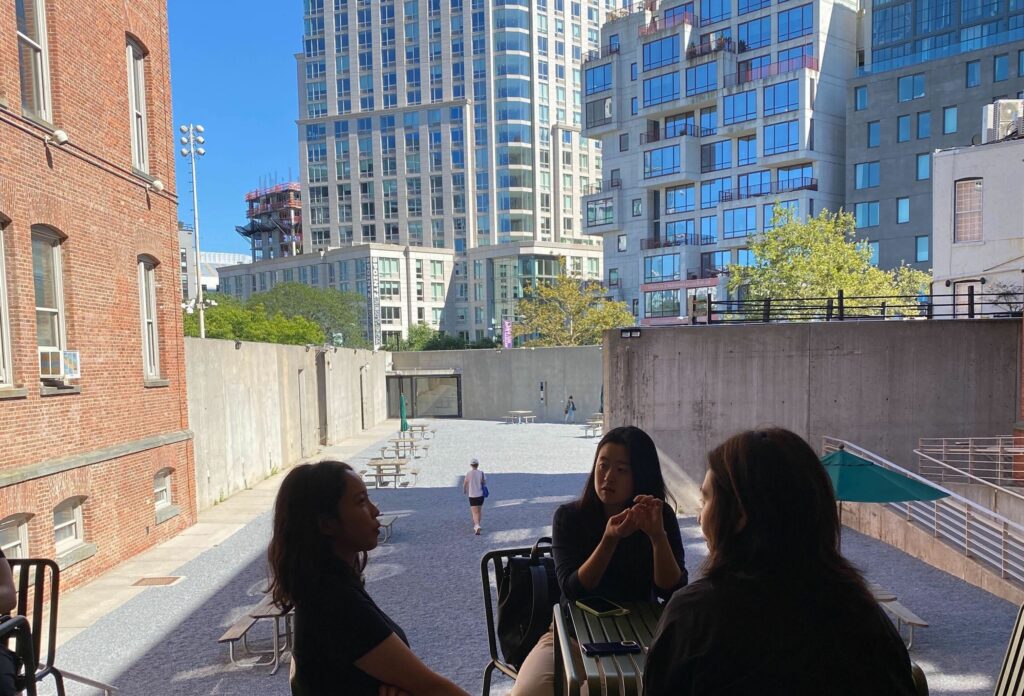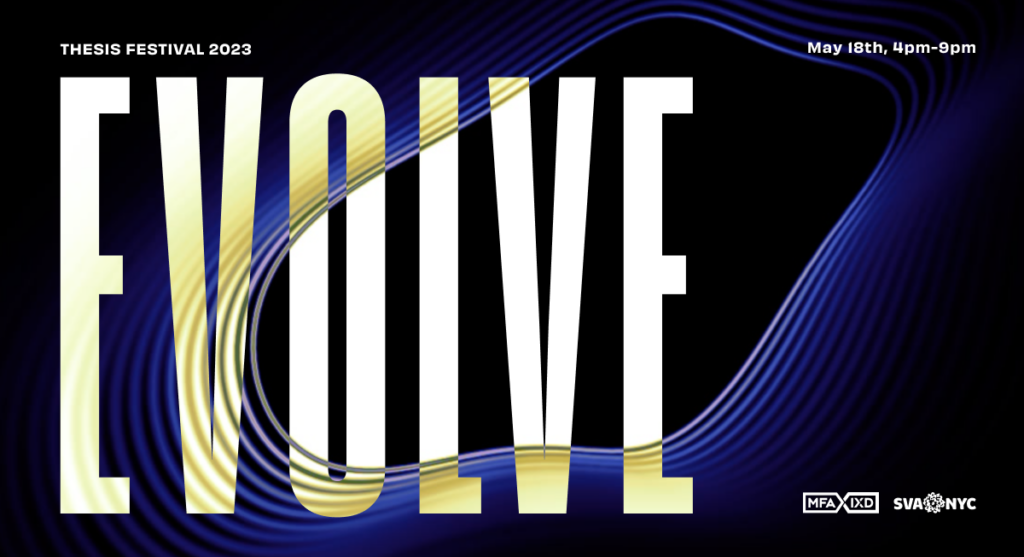
The latest Voice: AIGA Journal of Design features an interview with faculty member Phi-Hong D. Ha by MFA Design Department Co-founder Steven Heller. Ha discusses what “service” means in today’s design world: “service design is a collaborative process of researching, planning, and realizing the experiences that happen over time and over multiple touch points with a customer’s experience.” In three lessons, Ha also advises MFA students to “embrace people,”“learn from others,” and “make it visual” while learning and practicing service design. Below is an excerpt.
Steven Heller: I have been hearing the term “service design” a lot lately. What is it?
Phi-Hong D. Ha: From a design perspective, it’s first useful to define a service and understand how it differs from a product we are more familiar with designing. Services themselves cannot be designed in the way you expect to design a product, because you can’t control the delivery of a service that invariably involves some degree of human-to-human interaction. Beyond that, services are intangible, delivered over time and non-storable. They are co-created by provider and consumer with the aim of creating a benefit for the consumer— by changing their position, their physical possessions or their intangible assets. Services are made up of touch points, the points of interaction between the provider and the consumer.
With all that in mind, I think service design can be summed up in this way: It is a cross-disciplinary practice that looks at the touch points of a service within the context of a customer’s journey. In designing those touch points, we seek to create the conditions for a positive service experience.
We encounter services all the time—from using the ATM to withdraw funds to receiving medical care at the hospital to riding the bus to work—that have been consciously created, but not typically with the use of designers, design research and the needs of the service consumers. The attempt to consciously design these services is the foundation of this new practice.
SH: You teach classes on service design in the MFA Interaction Design program. What are the three most important take-aways that you impart to your students?
PDH: I was a student in Shelley Evenson’s service design class at Carnegie Mellon in 2004, which I believe pioneered the education of service design in the United States. Because it’s such a new discipline, part of what is so exciting is that the field has yet to be fully defined. We are shaping it right now, and students who are motivated by that prospect have the opportunity to make a big impact on the discipline. Beyond that, however, there are three lessons I have found will be useful in learning and practicing service design.
Embrace people. Not literally, but services revolve around people, whether that means the person making your coffee, the doctor talking to you about your chronic illness, or the CEO giving the OK to add a new service. All the stakeholders play a critical role in the success of a service delivery. Therefore, as a service designer, you must engage with people in many ways to truly understand how customers will experience your client’s service and then to help your client build a long term relationship with those customers because each time they use a service, they are interacting with your brand. You might find yourself talking to patients, investigating the barista’s work environment and compensation package or “bodystorming” with the client’s CEO. And since the human factor can never be completely controlled, the more you know the people involved, the more situations you can account for.
Learn from others. Service design is cross-disciplinary. Customer journeys can take paths through hospitals, retail stores, down the street. Because of this, being able to engage experts in other industries and disciplines is often just as important as being a designer on the team. We have the opportunity to learn from architects, doctors and patients, bus drivers… the list goes on. Take that opportunity. The concept of the genius designer cannot thrive in this field. Use methods like participatory design and co-creation sessions to open up possibilities for design ideas that are difficult to reach on one’s own.
Make it visual. There are two ways this is important. First is in the design process itself. Because services are intangible, the ability to communicate to the client the experience a customer has with its services—where the pain points and the areas of opportunity are—helps to get everyone working together toward the new or improved services. Visualize through mapping customer journeys, sketching service ideas, enactments of service concepts, etc. The second is in the design of the service, in communicating its use, benefits and overall value. Use all senses available in making the experience tangible—giving the service form does not need to be limited to visual solutions. Birgit Mager had a great term for this: She calls it creating “perceivable evidence,” which helps to make the service memorable. These could be manifested in the mints on your hotel pillow, the website that “remembers” what you like or the follow-up phone call from your doctor.


